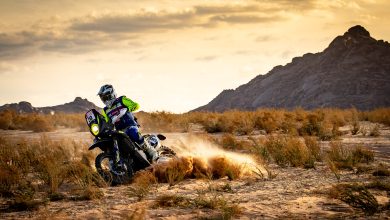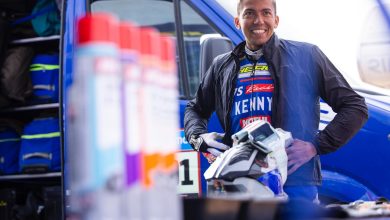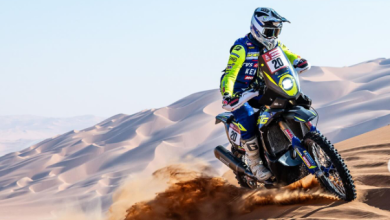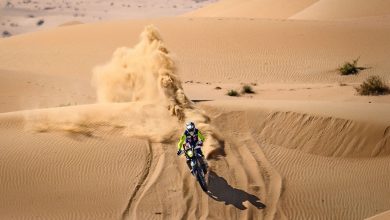Dakar, the biggest rally-raid in the world : the taste of the extreme
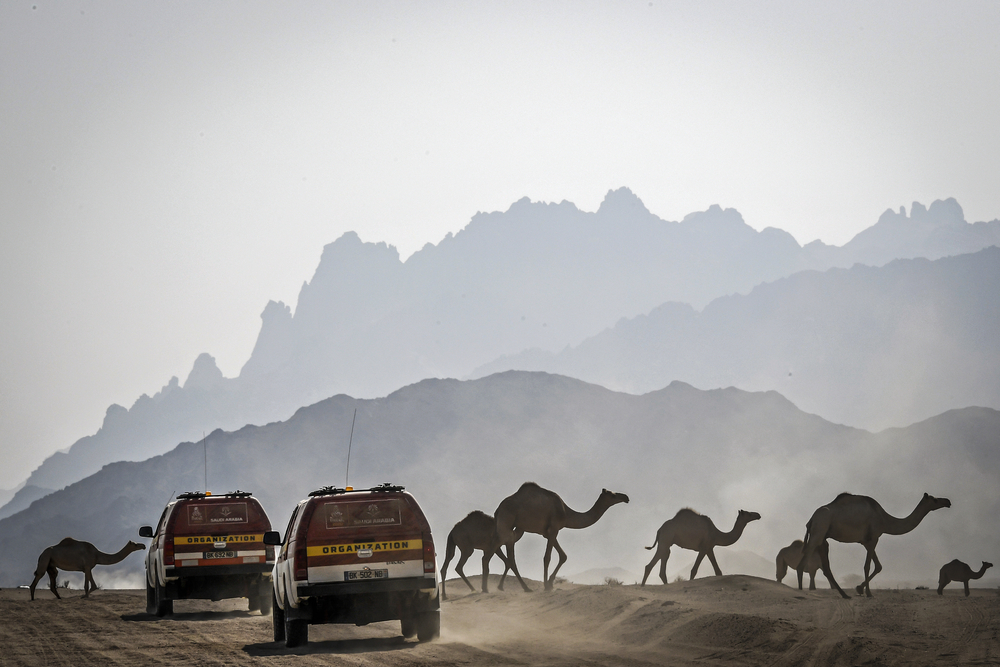

Jeddah, 4 Jan 2020: The Dakar is a rally raid, but first and foremost, it is an incomparable human adventure.
Its history has been built in the world’s finest deserts with men and women from all horizons, taking on one of the hardest sporting challenges of our era.
A competition of extremes and an orienteering race, the Dakar brings together the leading rally raid riders and drivers, as well as amateur competitors who come to fulfil their dream, experience an adventure and meet the biggest challenge of their life on a bike, on a quad, in a car or in a truck. Over the last 40 years, each year 500 adventurers from more than 60 nationalities have come together for 15 days of a unique competition on which extraordinary feats of human endeavour are played out.
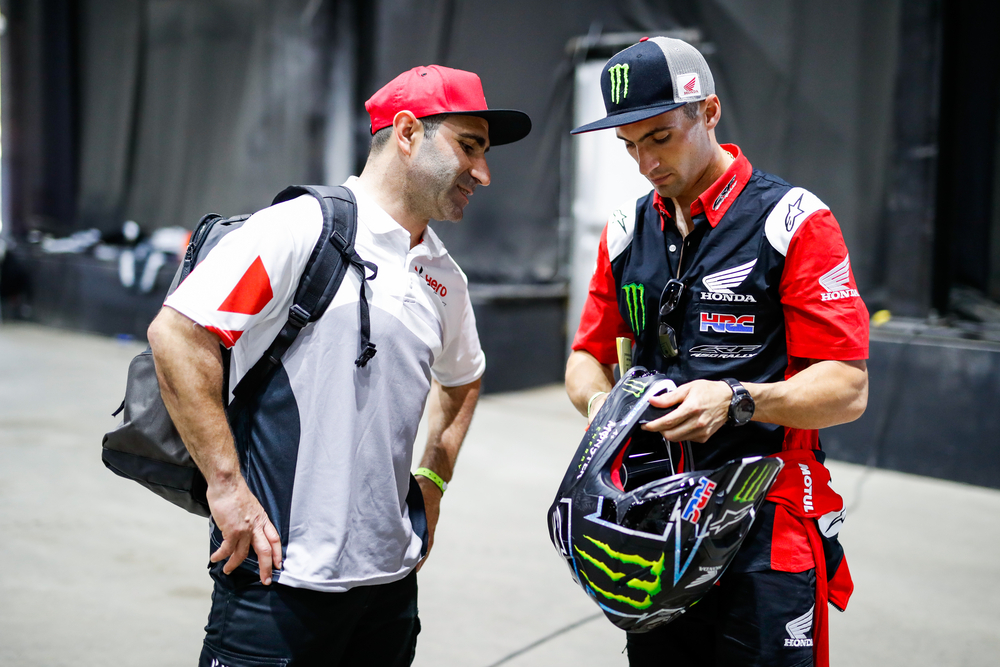
The race format
The Dakar is a rally-raid. It consists of one stage per day comprising at least one “special stage” per day (often several hundred kilometres), sometimes off-road, on terrain without tracks (desert, etc.). The total distance covered is several thousand kilometres. The event takes place over a period of between 10 and 15 days (versus two to three days for cross-country rallies).
The classification of the stage is made up of the times set in the special stage, to which are added possible penalties.
The rallies use navigation, which is done via a roadbook provided by the organizers and distributed every evening at the finish of the stage, for the following stage on the next day. The rally-route remains a secret until the delivery of the roadbook to the competitors.
The start order of the special stages will be based on the times set in the Timed Sector, including Sporting Penalties (speed, missing Way Points) taken in the Timed Sector. In the case of a tie, the order will be determined by the race numbers.
The Entry
Any person, of any nationality, over 18 years old, and a holder of an International FIA / FIM Cross-Country Rally license can apply for entry to the Dakar Rally.
The competitors must also have participated in one FIA / FIM World Championship event and / or any other event on the FIA / FIM Calendar or National Calendar.
The organiser nevertheless reserves the right to refuse entry to a competitor who does not have a minimum of recent experience in motorcycle / quad competition, or the physical capacity necessary to compete in a Dakar.
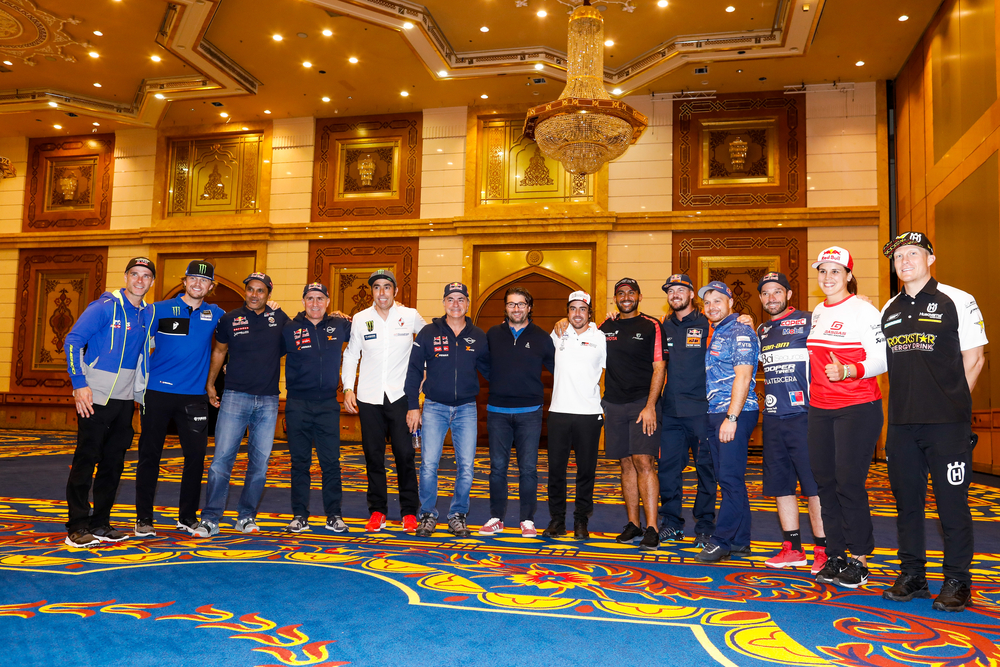
The Marathon Stage
The marathon-stage is contested with no assistance vehicles and with no participation of a member of a Team or Assistance crew: all outside assistance is also prohibited.
Only the competitors will be authorized to work on their vehicles; assistance between competitors still competing is also authorized.
The Half Marathon Classification
This year, the cars, trucks and SxS that prematurely retired in the first half of the rally will be able to re-enter the rally after the rest day, in a parallel competition. Competing in a separate classification, these vehicles will have an orange plate and will never be allowed to start in the first 25 positions of a special stage.
The Penalties
Any non-compliance of the regulations whose penalties are not mentioned will be reported to the Race Director and the International Jury will determine the penalty to be imposed.
Sporting penalties are applied to the times of the Timed Sectors and the other time penalties are applied to the General Classification.
- Competition: administrative or technical non-compliance of the vehicle, defective safety equipment, missed waypoint …
- Road safety: non-compliance with the highway code
- Penalties may be sporting (time penalties, disqualification) or financial; all fines will be paid to a charity.
THE STAGE TYPE
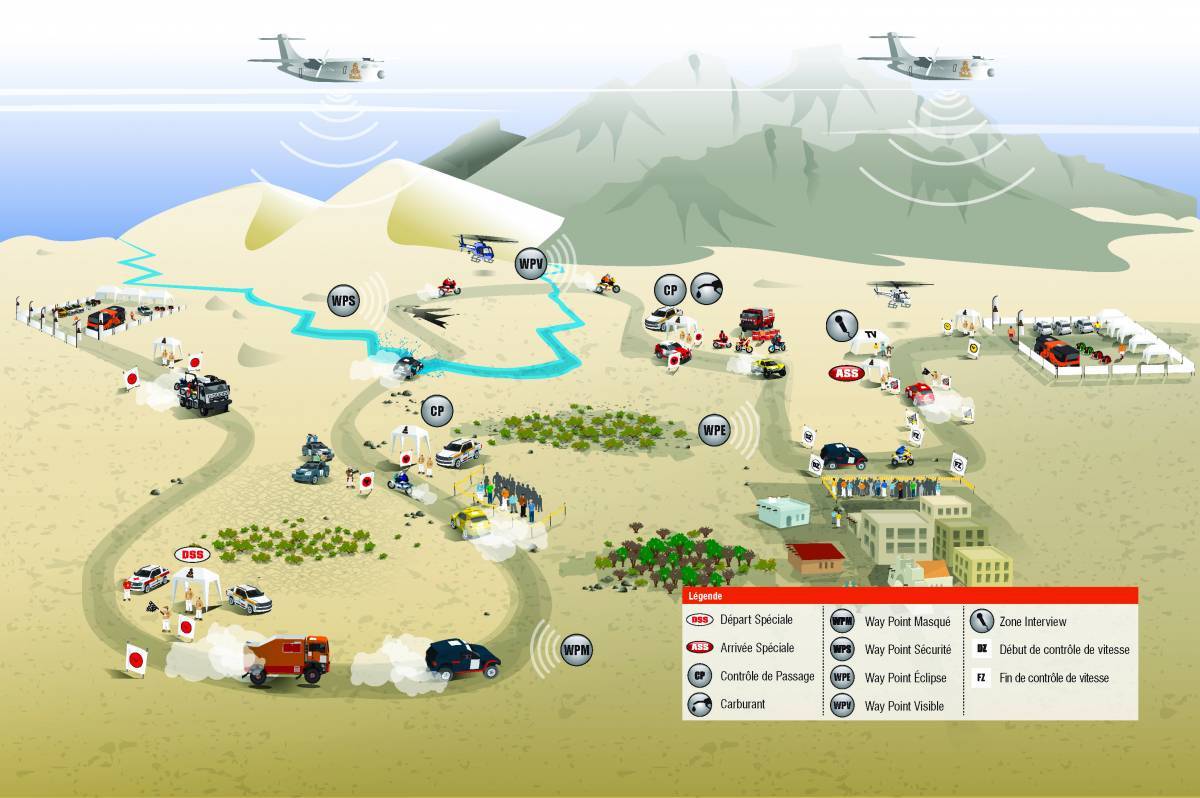
Bivouac-DSS liaison
The vehicles leave the bivouac generally using a highway itinerary to head to the start site of the special stage, where the leading bikes set off at sunrise.
Start of the timed sector (DSS)
It is here that the stopwatch is triggered, the starts are generally done in the order of the classification of the previous day’s special stage. Missing the start time is sanctioned by penalties defined in the regulations of the event.
Check point (CP)
Intermediate times are recorded at several points on the itinerary of the special stage. Each vehicle’s log book is stamped by a rally official.
Finish of the timed sector (ASS)
The classification of the day is set from the time set at the ASS, waiting for possible penalties if the GPS analysis reveals, for example, the missing of one or more waypoints.
ASS-bivouac liaison
While the competition portion is concluded, the day is not totally over at the ASS, which sometimes can be several hundred kilometres away from the bivouac. The riders and crews have time to reach the bivouac, always in accordance with the speed limits in force in the country.




